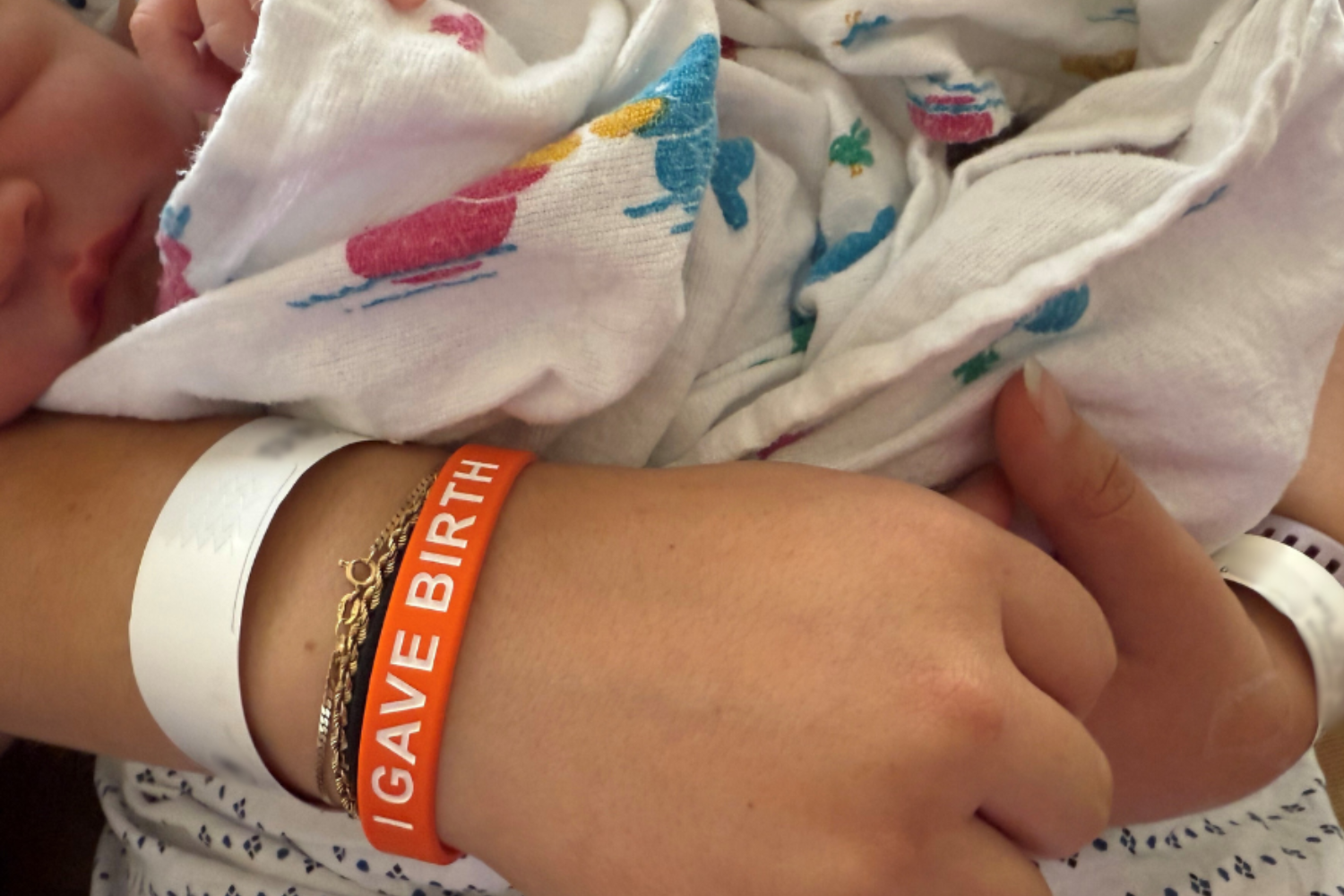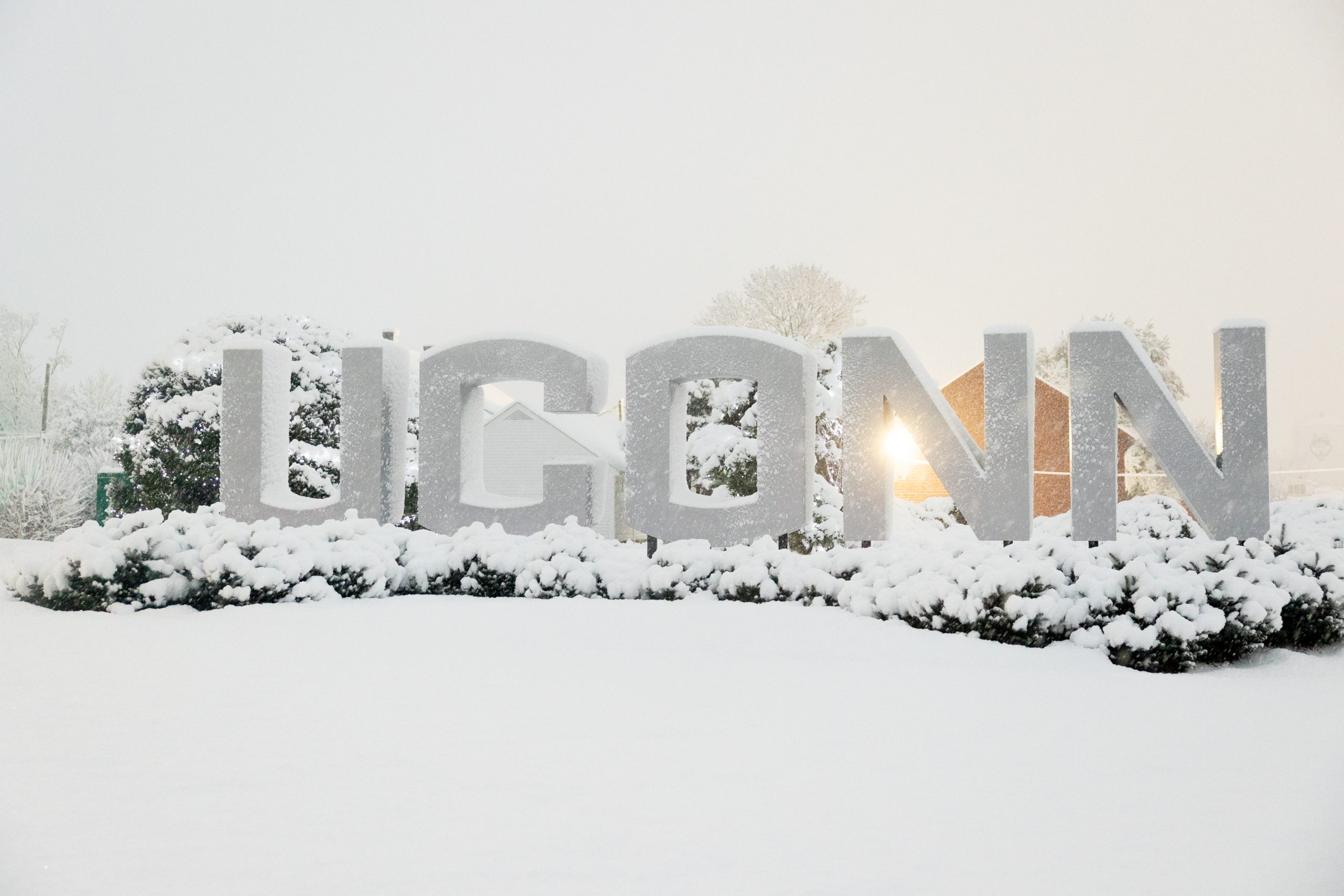
Partying in Fort Lauderdale. Sun-tanning in Cancun. Skiing in Vermont. While many of their peers were heading to resorts for spring break, for the 141 University of Connecticut students who took part in alternative breaks recently, the activities and motives were different.
Eight teams of students, led by 12 University staff members, decided to forgo sun, sand, and relaxation in order to use their spring break as an opportunity to help people in need.
The programs ranged in scope from repairing the homes of low-income families in the coal-mining communities of Beards Fork, W.Va., to working at homeless shelters in Washington D.C.; and from planting trees along the levee system of Chalmette, La., to addressing lesbian, gay, bisexual, and transgender issues in Hartford and New York City. Other students helped restore trails at Lake Anna State Park in Virginia, or took part in addressing healthcare problems in Philadelphia. Still others worked towards improving the quality of life for members of the Lakota Nation in Pine Ridge, S.D.

Alternative breaks at UConn center on strong direct service, education, and reflection to ensure a comprehensive service-learning experience.
Each day, students work on service projects that directly benefit the communities with which they are engaged. At the same time, the educational component of the trip helps the students to better comprehend the systemic causes of the problems they encounter on the job. The personal reflections of each participant also help to generate a deeper understanding of what the group has experienced over the course of the trip.
Thirteen students and two UConn staff members spent the week in Philadelphia to perform community service and learn about the U.S. healthcare system. The trip was designed to merge service and education, so that students came away from the experience as changed as the communities that they helped.
“The most rewarding part of the service was taking the time to reflect and seeing how you and the other volunteers have grown over the past week,” says Tom McGee, a fourth-semester communications disorders major who took part in the trip. “I am not the same person that I was before the trip, and for that I am happy.”

Students spent the week with several local organizations, including the Shriners Hospital for Children, the HMS School for Children with Cerebral Palsy, and the St. John’s Hospice.
Throughout the week, students were asked to examine flaws in the current healthcare system and consider possible solutions.
“This trip stood as a reminder to me that there is only so much you can learn through books and classrooms” says McGee. “Sometimes you have to go out and get your hands dirty.”
At the same time, a team of 50 students and five UConn staff members spent the week in New Orleans, where they worked with the National Relief Network to assist in the planting of cypress trees to strengthen the levee system in Chalmette, La.
Student assistant trip director Ashley Hazleton says the trip provided students with the opportunity to learn about the culture of New Orleans, while simultaneously helping to restore the city and help prevent damage from future storms.
The alternative break was designed to help students learn about the importance of restoring the environment in the aftermath of natural disasters, and to allow them to see how the community has responded in the wake of the storm.
This is the fifth alternative break group UConn has sent to Louisiana since Hurricane Katrina in 2005.


